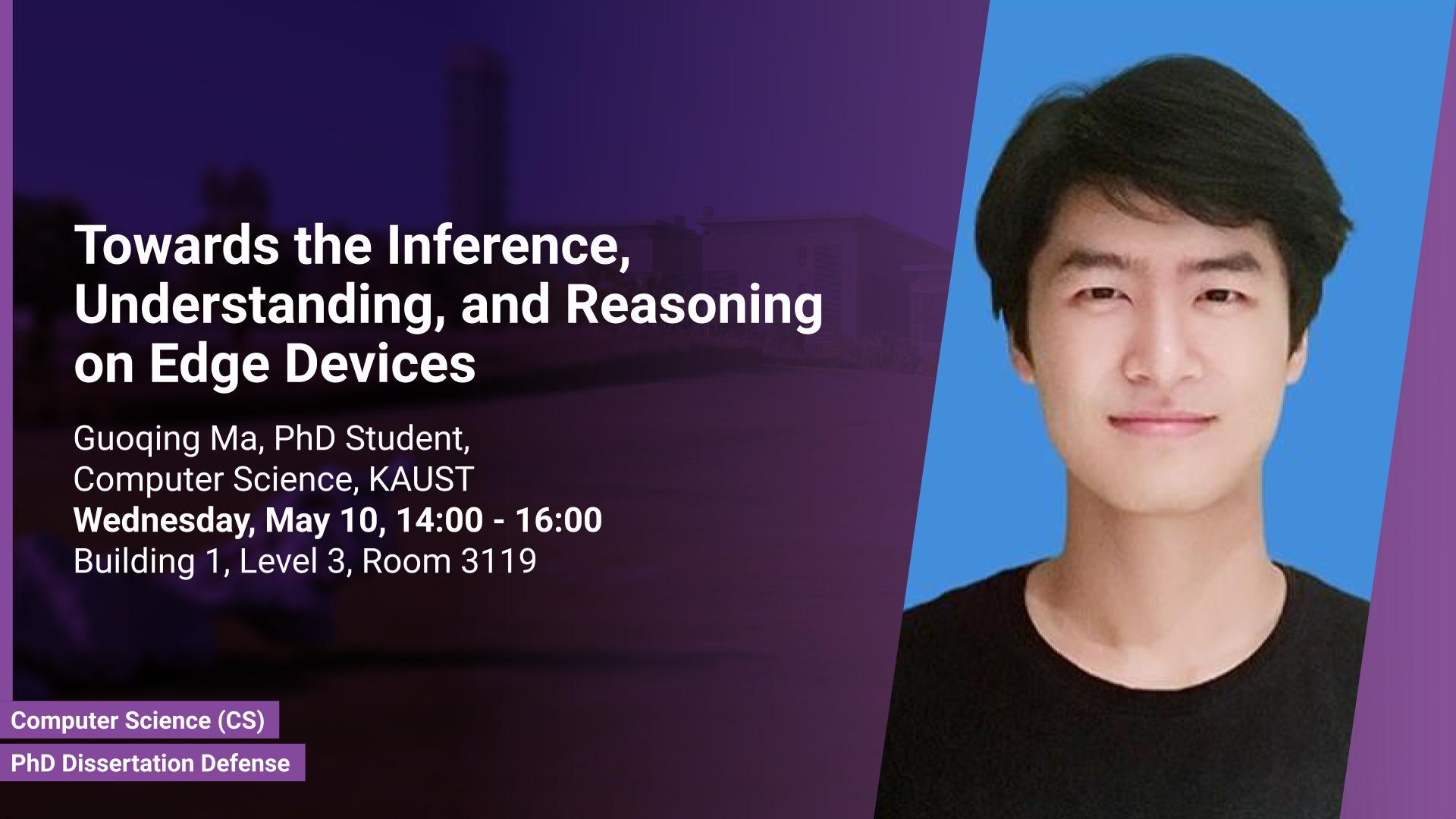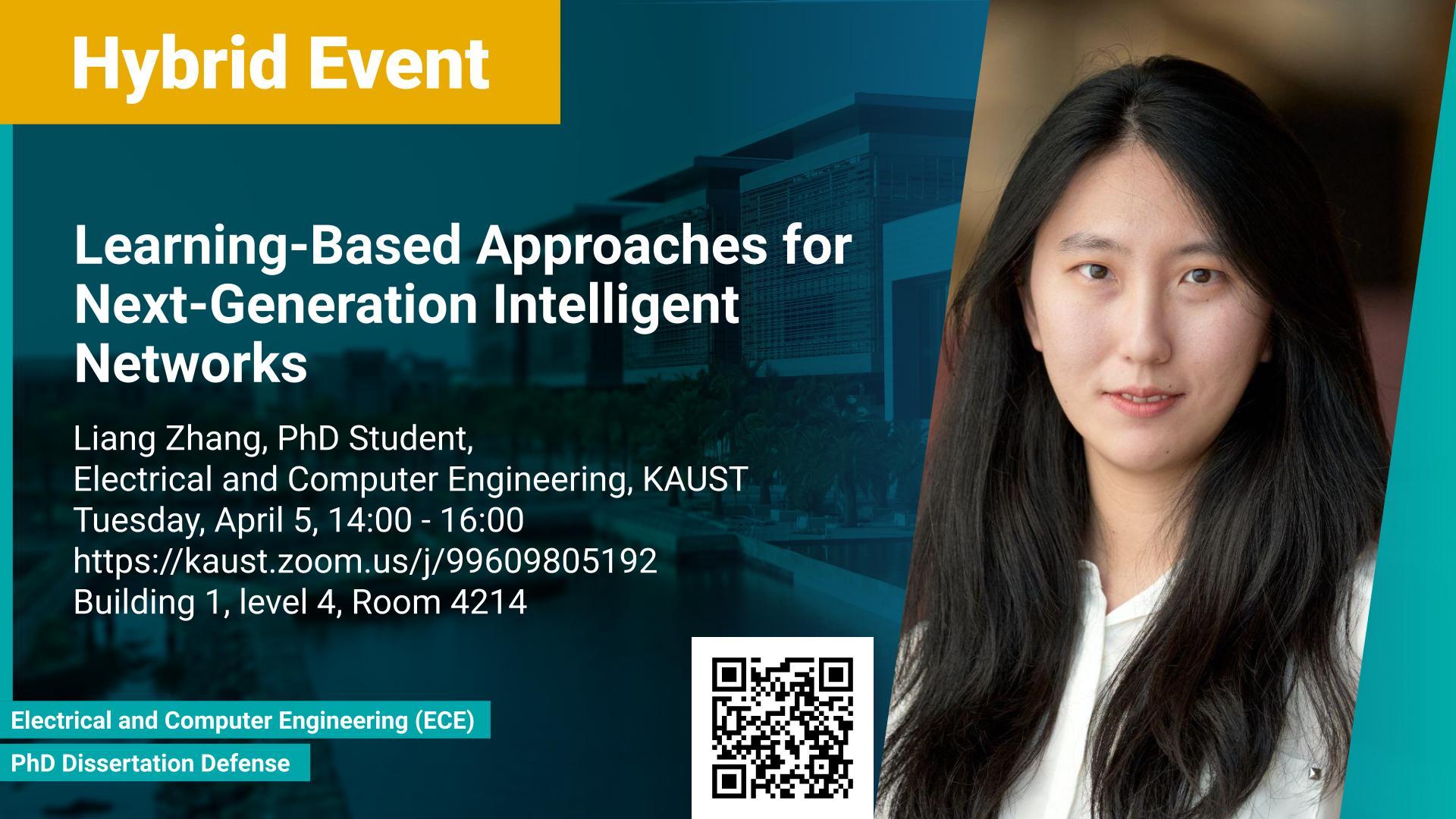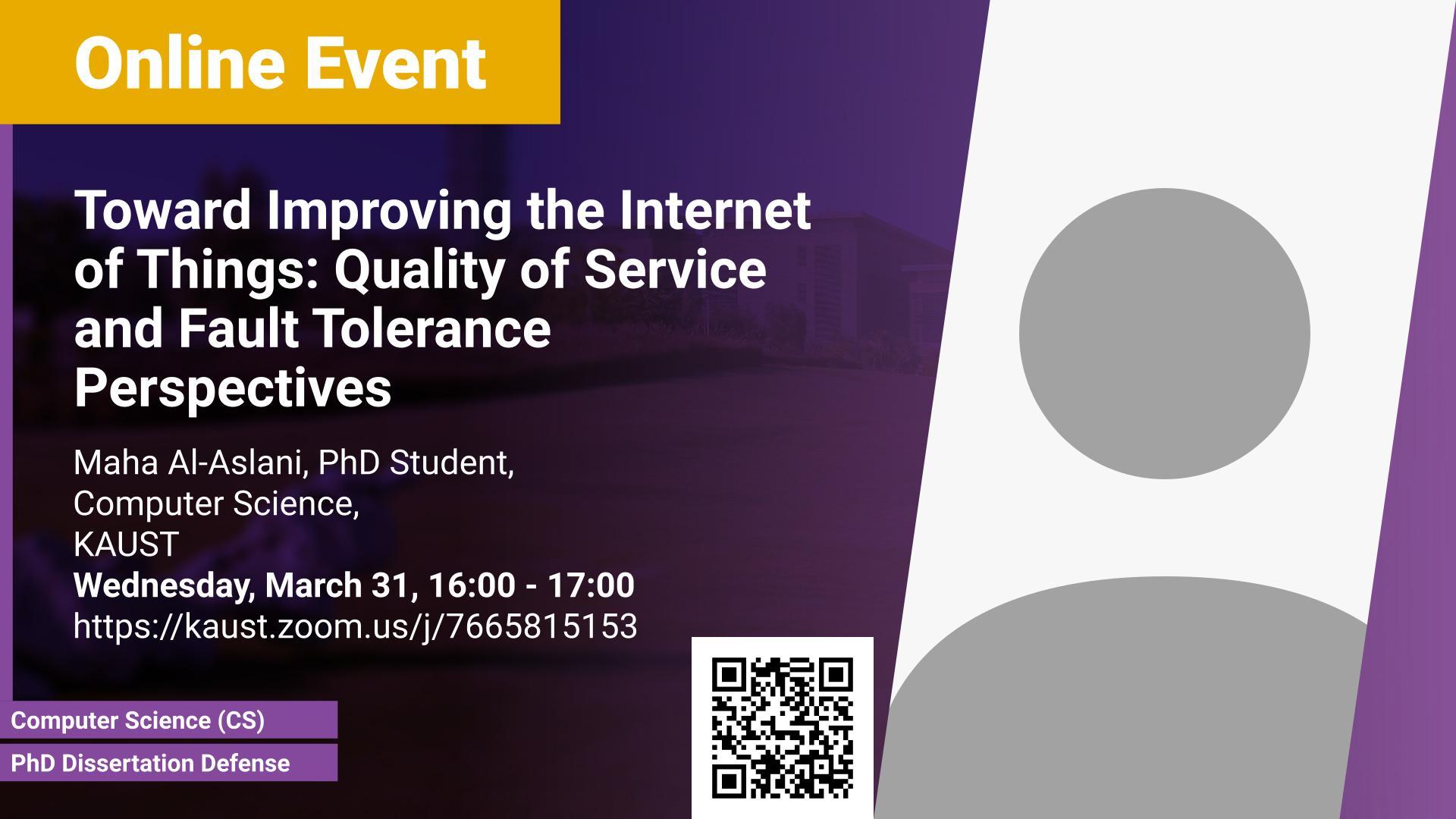PhD Student,
Computer Science
Wednesday, May 10, 2023, 14:00
- 16:00
Building 1, Level 3, Room 3119
Contact Person
Edge devices refer to compact hardware that performs data processing and analysis close to the data source, eliminating the need for data transmission to centralized systems for analysis. These devices are typically integrated into other equipment, such as sensors or smart appliances, and can collect and process data in real time.




